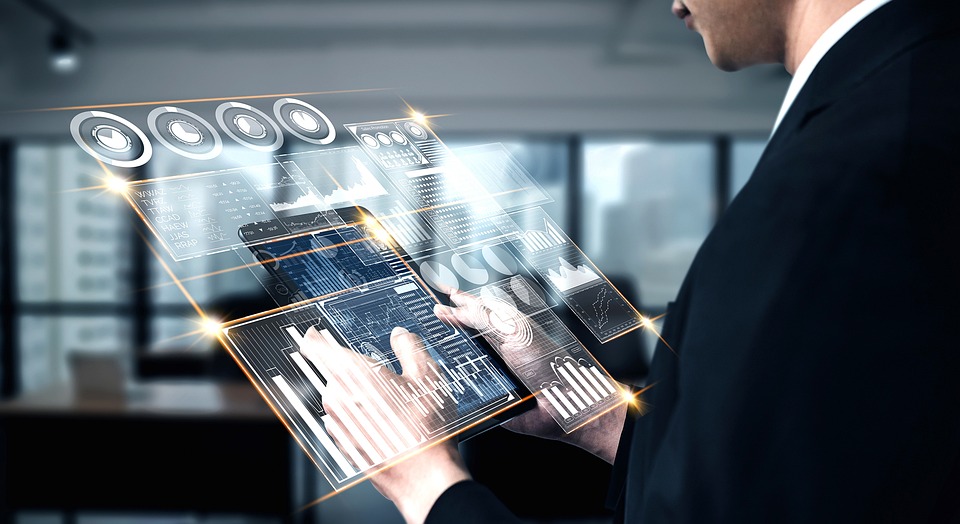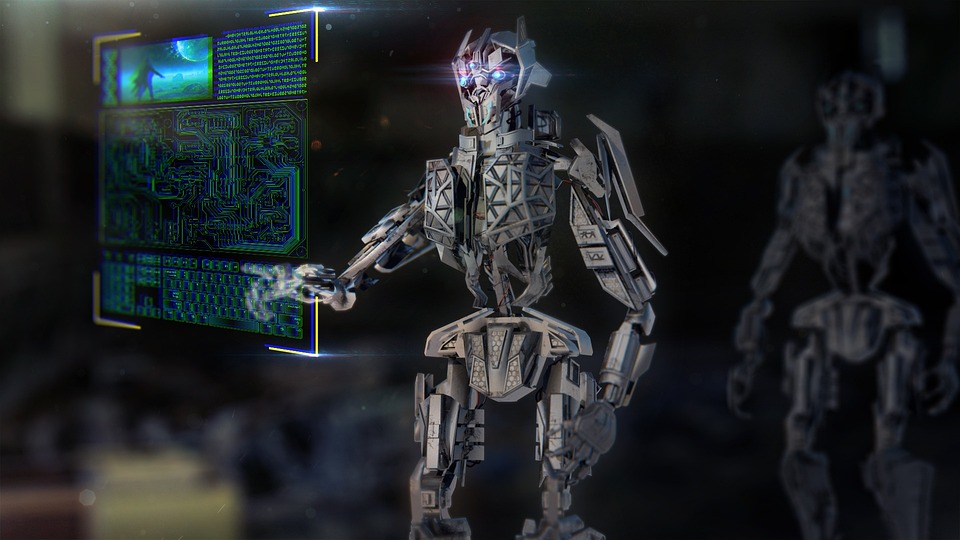Artificial Intelligence (AI) has revolutionized nearly every industry, and art is no exception. The intersection of technology and creativity has given birth to a new form of art known as AI art. Artists are now utilizing algorithms, machine learning, and deep neural networks to create stunning and innovative pieces that challenge our traditional notions of what art can be.
Behind the Canvas: Understanding the Mechanics of AI Art
What is AI Art?
AI art refers to artwork created with the assistance of artificial intelligence. The process typically involves feeding an algorithm a dataset of images, and the algorithm then generates new images based on this data. The artist can manipulate various parameters of the algorithm to guide the creative process, but ultimately, the AI plays a significant role in determining the final product.
One of the most popular forms of AI art is Generative Adversarial Networks (GANs). GANs are a type of neural network architecture that pits two networks against each other – a generator and a discriminator. The generator creates new images, while the discriminator tries to differentiate between generated and real images. This back-and-forth process results in the generation of hyper-realistic images that can be used in art.
How is AI Art Created?
The creation of AI art involves several key steps. The first step is to choose an algorithm or neural network architecture to work with. Some popular choices include GANs, Variational Autoencoders (VAEs), and Recurrent Neural Networks (RNNs). Once an algorithm is chosen, the artist needs to train the model on a dataset of images. This dataset could be anything from photographs of landscapes to abstract paintings.
During the training process, the artist can adjust various parameters of the algorithm to influence the output. For example, they can control the level of abstraction, color palette, or style of the generated images. Once the model has been trained, the artist can then generate new images by inputting random noise into the network and letting it generate an image based on the patterns it has learned from the training data.
What Makes AI Art Unique?
AI art challenges our traditional notions of creativity and authorship. In traditional art, the artist is the sole creator of the artwork, using their skills, experiences, and emotions to shape the final product. However, with AI art, the artist collaborates with an algorithm that has its own set of biases and capabilities.
AI art blurs the line between human and machine creativity, raising questions about the nature of art and the role of the artist in the creative process. Some argue that AI art is simply a tool that artists can use to enhance their creativity, while others believe that it represents a new form of artistic expression that is unique to the digital age.
FAQs
Q: Can AI art be considered as authentic art?
A: The debate about the authenticity of AI art is ongoing. While some argue that AI art lacks the emotional depth and intentionality of traditional art, others see it as a new and exciting form of artistic expression. Ultimately, the value of AI art lies in the eyes of the beholder.
Q: How is AI art different from traditional art?
A: AI art differs from traditional art in that it involves collaboration between an artist and an algorithm. While traditional art is created solely by the artist, AI art is created with the assistance of machine learning and neural networks. This collaboration results in artwork that challenges our notions of creativity and authorship.
Q: Are AI artists considered as legitimate artists?
A: The definition of art and artist is constantly evolving, and AI artists are no exception. While some may argue that AI artists are not legitimate artists because they rely on algorithms to create their work, others see them as innovators pushing the boundaries of what art can be. Ultimately, the validity of AI artists is a matter of interpretation and perspective.
In conclusion, AI art represents a fascinating intersection of technology and creativity that is reshaping the art world. By harnessing the power of algorithms and machine learning, artists are creating innovative and thought-provoking pieces that challenge our perceptions of art. As AI continues to evolve, it will be exciting to see how artists continue to push the boundaries of what is possible in the world of art.









